Food Storage Tips for Your Groceries and Leftovers
Saving money while reducing food waste should be on every family’s radar these days, not just those living on a tight income. I don’t know about you, but I’ve recently been walking out of the grocery store scratching my head on numerous occasions about what little I got for how much was spent. Am I alone on this?
Some of the best ways to stretch those hard-earned dollars and reduce food waste involve good old common sense and may prove pretty simple. It just comes down to using good food storage practices. I’d like to take a few moments to go over some ways that may be helpful for you. Keep reading to find out food storage tips for your groceries and leftovers. My favorite storage containers for the refrigerator, are Rubbermaid Storage Containers
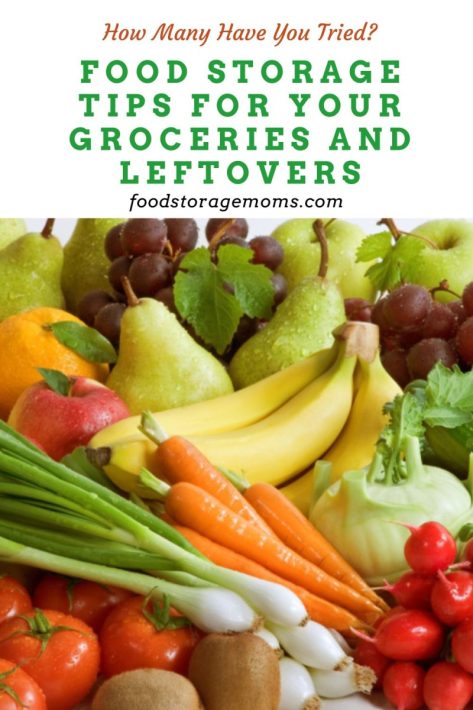
Best Tips for Storing Fresh Food in the Refrigerator
Not only is it about saving your family money by preventing waste, but good storage tips will also help your food maintain freshness as well as optimal flavor. Let’s take a look at these food storage tips for your groceries and leftovers.
1. Dairy Products
Once you get home from the store, quickly put your dairy items in the refrigerator and keep them there when not being used. Once soft cheese has been opened (like mozzarella and Brie), it’s best to store them in a small airtight container. For your harder cheeses, wrap them in parchment or wax paper and then place them in an airtight bag.
- How to Make Buttermilk
- Milk: Everything You Need to Know
- 10 Uses for Powdered Milk or Instant Milk
- How to Freeze Milk: Everything You Need to Know
- 8 Types of Eggs You Can Eat
- How Fresh Eggs Are Different From Store-Bought Ones
We return our gallon jugs to the refrigerator ASAP once that bowl of cereal has been poured or the ingredients for a meal are put together. If you’re not using your milk or yogurts up fast enough, they can be stowed away in the freezer. Simply place them in freezer-proof containers that are tightly sealed while leaving about an inch of space so that there’s room for expansion. Once thawed, be sure to mix them well so that the solids are redistributed.
2. Produce Items
You should always store your fruits and veggies in the crisper drawer of your refrigerator so they maintain crispiness and freshness. Try to store like items with one another, such as apples with apples and leafy greens with leafy greens.
- Best Times to Purchase Produce By Month
- Summer Fruits You Should Be Eating
- Fruit: Why Do We Need to Eat It?
For produce items that are kept in the refrigerator, keep them in their original packaging and don’t wash them until you’re ready to enjoy them. For that produce that you keep at room temperature on the counter, go ahead and remove them from their packaging and leave set out.
I recently learned a trick with celery. Wrap your celery in foil before you place them in the crisper. They tend to last days longer with this added touch. I didn’t realize that celery put out ethylene gas which is retained in a plastic bag and not allowed to escape. The gas can cause the celery stalks to spoil sooner that way. When wrapped in the foil the gas escapes and allows the celery to last up to two weeks in your fridge.
3. Meats/Poultry
Always keep meat items in their original packaging until you’re ready to eat them. But if you plan on freezing them, place them along with their original packing into a resealable freezer bag.
- 11 Canned Meat Ideas I Recommend
- Meat Chickens: What You Need to Know
- Meat Rabbits: Tips for Raising Them
We’ve all been told that meats that have been thawed after being frozen shouldn’t be refrozen. I’ve learned there are some tricks to avert that issue. It’s a good idea to thaw your meat in the refrigerator, particularly if you think you may want to freeze it again. That way the meat isn’t given a chance to spoil at room temperature. If not immediately cooked and kept in the fridge, generally you can safely refreeze it. If the meat is immediately cooked once thawed, it can be placed back in the freezer as long as it isn’t left at room temperature for very long.
It takes about a day to thaw five pounds of meat. You can thaw meat in cold water by placing it in a bag and then immersing it in the water. Don’t plan to refreeze that meat. You can also thaw meat in your microwave, but like the cold water method of thawing, immediately cook and plan to eat it all rather than refreezing it.
If thawed meat is left out over two hours at room temperature, you better be safe and discard it. I generally place my fresh meat in smaller freezer bags when I get home from the store so when it comes time to thaw the meat I can do it in smaller increments.
4. Fresh Pasta
Fresh pasta should be kept in the refrigerator once it’s cooked, but make sure that you use it in a couple of days so that it doesn’t become too chewy or hard.
5. Seafood
Just like with meat and poultry, keep your seafood in its original packaging and store it in the refrigerator. It’s even better if you keep them on a bowl of ice. If you don’t plan on using your seafood right away, place them along with their original packaging into an airtight resealable freezer bag and put it in the freezer.
6. Condiments (Ketchup, Mustard, etc.)
Many condiments can be stored at room temperature for a few weeks, but I personally recommend that you keep them in your refrigerator for optimal shelf life, particularly once the container has been opened.
7. Leftovers
When it comes to your leftovers, they should always be stored in the refrigerator. Once you’re done with your meal, don’t make the common mistake of immediately placing a hot dish in the refrigerator. Allow it to cool on the countertop for about an hour and no more than two hours. Any more than two hours and you should just throw the food away. This will help with even more freshness, as well as safety since most bacteria can survive in cold temperatures if allowed to start growing on the food when left out.
When you’re storing your leftovers, be sure to place them in an airtight container or a resealable baggie. For large amounts of leftovers, you can also store these items in the freezer for up to three months if placed in the freezer soon. Just make sure to wrap them tightly with a lid or foil first and place them in some type of airtight container before freezing.
- 7 Easy To Make Leftover Ham Recipes
- Our Favorite Thanksgiving Leftover Turkey Ideas
- 20 Ways To Enjoy Turkey Leftovers
How to Store Shelf-Stable Foods in the Pantry
Shelf-stable foods are better kept at room temperature. These are a few tips to keep those food items fresh longer.
8. Baked Goods, Bread, and Snacks
Keep your baked goods and bread in your pantry tightly wrapped or in an airtight container. Snacks like crackers will store well when kept in some type of airtight bag or container.
9. Tomatoes
Stop storing your tomatoes in the fridge, and here’s why! Even once removed from the vine, tomatoes will continue to ripen. If stored in the fridge the ripening process will stop and stunt the flavor and could ruin their desired texture. For the best results with tomatoes, make sure you follow these tips.
- Top Gardening Tips for Growing Tomatoes
- 20 Ways To Use Fresh Tomatoes
- Everything You Need to Know About Tomatoes
10. Whole Fruits
Fruits like bananas, peaches, pineapples, kiwis, and melons should not be stored in your refrigerator. Just like with tomatoes, they will continue to ripen while sitting out at room temperature, but be sure to use them within about 5 days. But if you have sliced these fruits into smaller pieces for later use, then you will need to store those slices in an airtight container in the refrigerator.
If you’re like me, you really enjoy a variety of fruits in season like blueberries, strawberries, raspberries, and more. Fresh fruits and fresh produce can all follow these tips!
11. Oils and Vinegar
Will store perfectly safely at room temperature in your pantry. If you don’t have temperature control in your pantry, make sure you put the oils and vinegar somewhere safe. Olive oil and avocado oil are good examples.
12. Flour and Sugar
Once opened, these baking items should be stored in airtight containers to keep them away from heat, moisture, and pests. Storage times may vary depending on where you’re storing the flour and sugar.
Other Food Storage Tips for Groceries and Leftovers
- To reduce waste, only purchase perishable food items that you’re able to store and use up reasonably quickly.
- Once food has been opened and then placed in the refrigerator, be sure to keep it in plain sight. That way you’re able to remember to use it up before it spoils.
- Remember to use up your fresh, perishable foods not long after visiting the grocery store. Unfortunately, they start to turn rancid after only a few days, in most cases.
- Use an appliance thermometer to ensure that your refrigerator is maintaining a temperature between 35 to 40 degrees F, while your freezer needs to be at 0 degrees F or below.
- Avoid overcrowding your refrigerator and freezer and also keep them clean. This will allow the cold air to circulate properly and also allow you to see what’s in your inventory
- Go through your refrigerator at least once a week to help keep up with the expiration dates. This will also allow you to see what you have left and what you may need before your visit to the grocery store.
- Invest in food storage containers or plastic containers that can help you with food safety! Plastic wrap also works really well for proper food storage.
- You can also invest in a food thermometer so that you know if your food that’s being cooked is at the needed temperature.
How should I store my supply of kitchen oils?
Here are a few ideas about the most common oils:
- Many oils can be kept in your pantry without being refrigerated. One key rule of thumb is to store them away from your stove or oven so they don’t get exposed to heat. Oils like extra virgin olive oil, vegetable oils, peanut oils, and coconut should be stored in a cool, dry, and dark storage area. If not, they could go rancid.
- Olive Oil: the main enemies of cooking oils are oxygen, heat, light, and age. Make sure the lid of the container is sealed tightly. Try to keep them in the original container since moving them to another one can expose them to the air/oxygen that could start the degrading process.
- Coconut Oil: most coconut oil is stored at room temperature since the fridge will make a change in the texture as it goes hard. The container needs to be kept tightly closed.
- Sesame Oil: store sesame oil in the fridge to extend its life. It doesn’t go solid like other oils in the fridge.
- Safflower Oil: it can be stored in the fridge for up to six months, or in your cool, dark, and dry storage area for up to two years.
How should I store my perishable items like fruits and vegetables?
The items you can store at room temperature include bananas, zucchini, basil, winter squash, cucumber, sweet potatoes, eggplant, summer squash, garlic, oranges, grapefruit, limes, green beans, and lemons.
Those items that go through phases where they start out on your countertop and then get moved to the refrigerator as they ripen are plums, apricots, pineapple, avocados, pears, kiwifruit, peaches, mangoes, papayas, melons, nectarines.
The perishables that are best stored in the fridge right from the start are apples, strawberries, asparagus, cabbage, raspberries, carrots, peas, cauliflower, parsley and other fresh herbs, cherries, lettuce, corn, leeks, and dark leafy greens.
Be sure to store onions on their own since their aroma can be picked up by other veggies. Keeping Pests Away from Food Storage
Freezing
- Freezing Avocados: A Complete Guide for Avocado Lovers
- How To Freeze Corn On The Cob
- How to Freeze Eggs: Everything You Need to Know
- 15+ Items Perfect for Freezer Storage
Final Word
These are a few simple tips that I’d recommend for storing your groceries and leftovers properly so that you get the most out of them. With just a tiny bit of effort and organization, you can keep your food fresh while cutting down on food waste at the same time! Now that’s what I call smart living! What are your favorite food storage tips for your groceries and leftovers? May God Bless this world, Linda
Copyright Images: Vegetables and Fruits Depositphotos_3552701_S, Vegetables, and Fruit Depositphotos_2395012_S

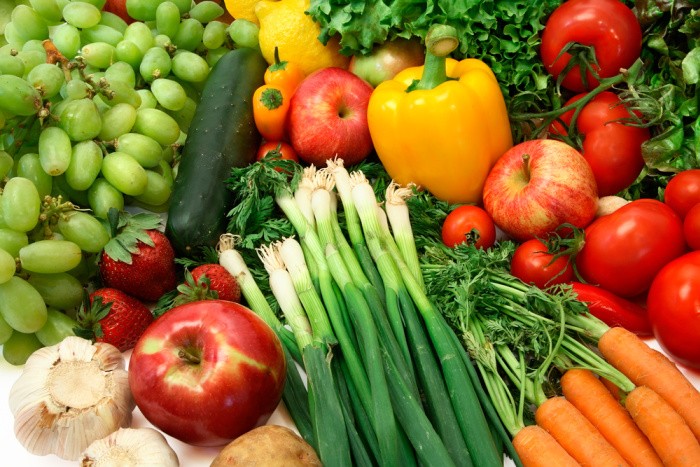

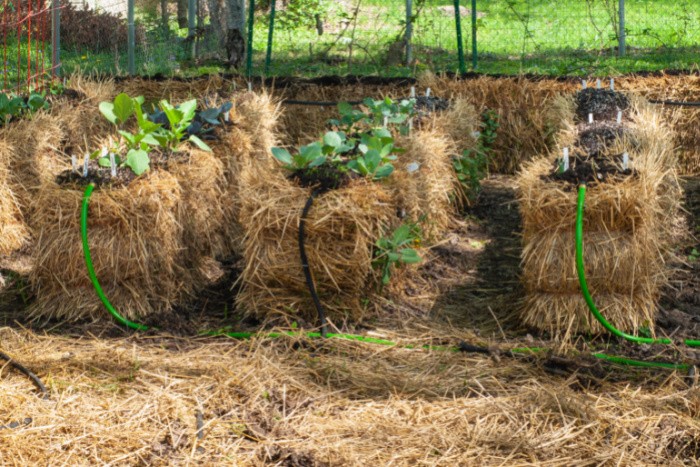
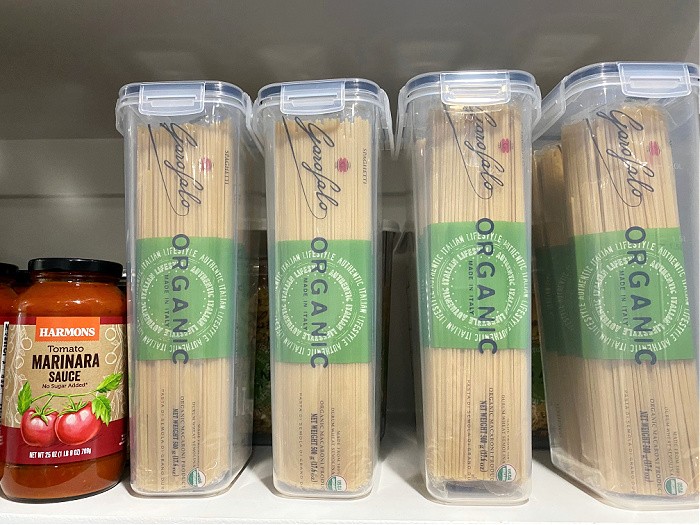
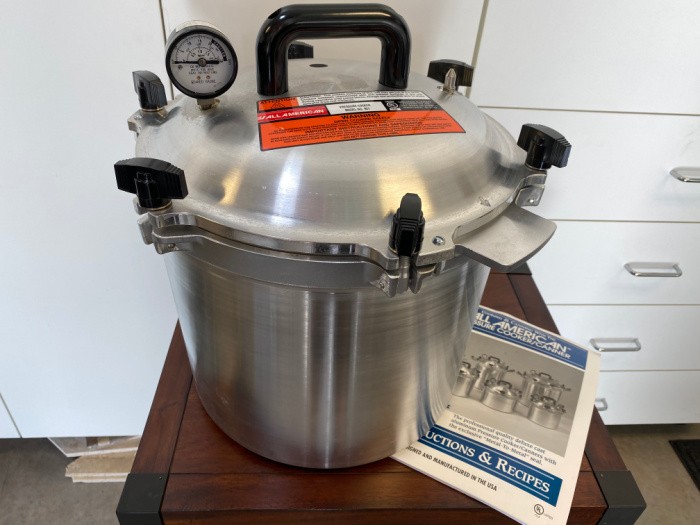


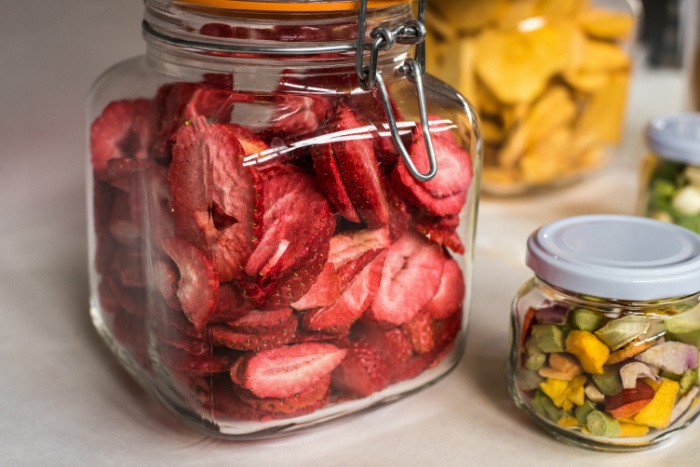













Great article, Linda. I was brought up poor and we didn’t have any leftover food to waste. As an adult, I have learned to be creative with leftovers and meal-planning. Husband says some of my best meals are using leftovers or whatever I have in front of me. People need to learn to be creative.
Hi Paula, thank you for your kind words, my friend. Mark and I grew up poor although we didn’t realize it at the time! LOL! I love leftovers, and you are right we must be creative! Linda
I have found that meal planning to begin with is the answer to my food storage/food waste dilemma. I have a very limited amount of space to store fresh food – small fridge and small freezer. So, by meal planning, I know that I will have less waste. But what I really struggle with is cooking for one!! I have cut down recipes but still!!
Hi Leanne, I bet it’s hard to cut down recipes for one. Even two is a problem sometimes. I still think I’m cooking for 20 people! LOL! I have to really concentrate on cutting down recipes, big time. Linda
It is a challenge to cut down recipes. Some don’t work at all and others just fine. I find that as I get older, I just don’t seem to want to spend the time and effort to make a meal for just me. I’ve tried inviting neighbors but that hasn’t worked out very well. I’ll be honest, I don’t mind having their company at my apartment but when they reciprocate, and especially if they have pets, I do not want to go to their apartment! It wasn’t always so! I went to a gal’s apartment and I actually saw her cat jump up on the counter and start licking the pan that just held the food. It bothered me so much that I ate a little bit and left – never went back to her apartment again – at least for a meal. I am NOT against pets but I do not want to floss my teeth with dog or cat hair!!! LOL!
HI Leanne, oh my gosh, the flossing!! LOL! You know, I used to love to entertain I guess you could say, have several people over for meals, etc. I find myself doing less and less because I’m just too tired. Oh, the cat on the countertop and licking the pan, oh my gosh! Usually, cats hide I thought, I guess not! LOL! Linda
Linda:
I made chicken soup about a month ago. My husband put the leftovers in one of my 4 refrigerators (all 5 of my freezers are full. Along with the refrigerators freezers. Well the fridge he used has a habit of trying to be a freezer so the soup was still good. I took and mixed cream of mushroom soup and noodles to make goolash. Fantastic and it still was good.
HI Jackie, I have a section in my refrigerator that “freezes” stuff, so we try not to put stuff there! LOL! Yay for freezing your soup! Linda